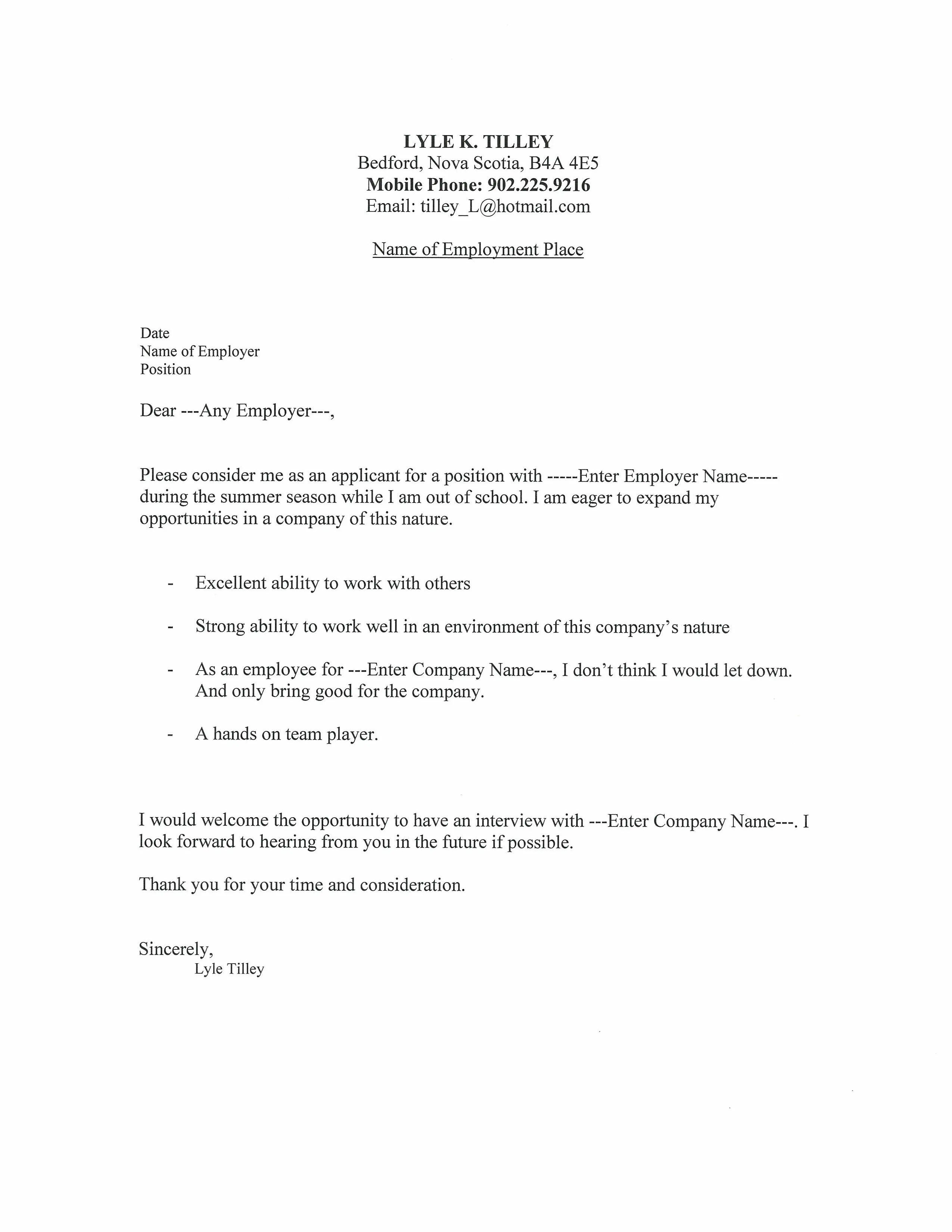Cover Letter Secrets Top 7 Tips Revealed!
In today’s competitive job market, a well-crafted cover letter is no longer optional — it’s essential. It’s your first chance to make a strong impression, showcasing your personality, skills, and enthusiasm for the role. A cover letter is a pivotal document that often determines whether your resume even gets a second look. Understanding the secrets to writing an effective cover letter can significantly increase your chances of landing an interview and ultimately, securing your dream job. This guide will explore the top 7 tips to help you write a cover letter that grabs attention and gets results. These are not just suggestions, but proven strategies used by career experts and hiring managers to separate the good applications from the great ones. Get ready to learn how to transform your cover letter from a generic formality into a powerful tool that highlights your unique value proposition.
Understanding the Power of a Cover Letter
The power of a cover letter lies in its ability to provide context to your resume. It allows you to elaborate on your experiences, explain gaps in your employment history, and demonstrate your genuine interest in the company and the position. Unlike a resume, which is a snapshot of your skills and experience, a cover letter gives you the opportunity to tell your story. It shows the human side of your application, letting you communicate your personality, passion, and career aspirations. In essence, a cover letter is your chance to sell yourself to the hiring manager. If you are trying to find a new job, you need to ensure your cover letter is top notch. With these tips you can make your letter the best.
What is the Purpose of a Cover Letter?

The primary purpose of a cover letter is to introduce yourself and express your interest in a specific job. It should highlight how your skills and experiences align with the job requirements and the company’s values. It is also meant to encourage the reader to review your resume, providing a compelling reason for them to do so. It’s your opportunity to clarify why you’re the perfect fit and what you bring to the table. Moreover, it serves as a sample of your writing skills and communication abilities. You can use it to set a positive tone from the beginning, ensuring a memorable first impression. The best cover letters clearly state the position you’re applying for and why you’re a great candidate for the job, using concise, professional language.
Why is a Cover Letter Important?
A cover letter is important because it gives you a voice beyond the bullet points of your resume. It allows you to personalize your application and connect with the hiring manager on a deeper level. A well-written cover letter shows that you have taken the time to understand the role and the company. It also demonstrates your attention to detail and your commitment to the application process. Many hiring managers consider a cover letter to be a critical part of the application package, and neglecting to include one could mean your application is overlooked. It is your chance to provide a narrative that complements your resume and shows why you are uniquely qualified for the position. If you skip this you might be missing out on a job.
Tip 1 Tailor Your Cover Letter
One of the biggest mistakes job seekers make is sending a generic cover letter. Tailoring your cover letter for each job application is a crucial step. It shows that you’ve done your homework and are genuinely interested in the specific opportunity. Generic cover letters often fail to resonate with hiring managers because they don’t address the company’s needs or the specific requirements of the role. By tailoring your cover letter, you demonstrate that you have taken the time to understand the company and what they are looking for in a candidate. This customization can significantly improve your chances of getting noticed and securing an interview. Always customize, don’t ever send a general application.
How to Customize for Each Job
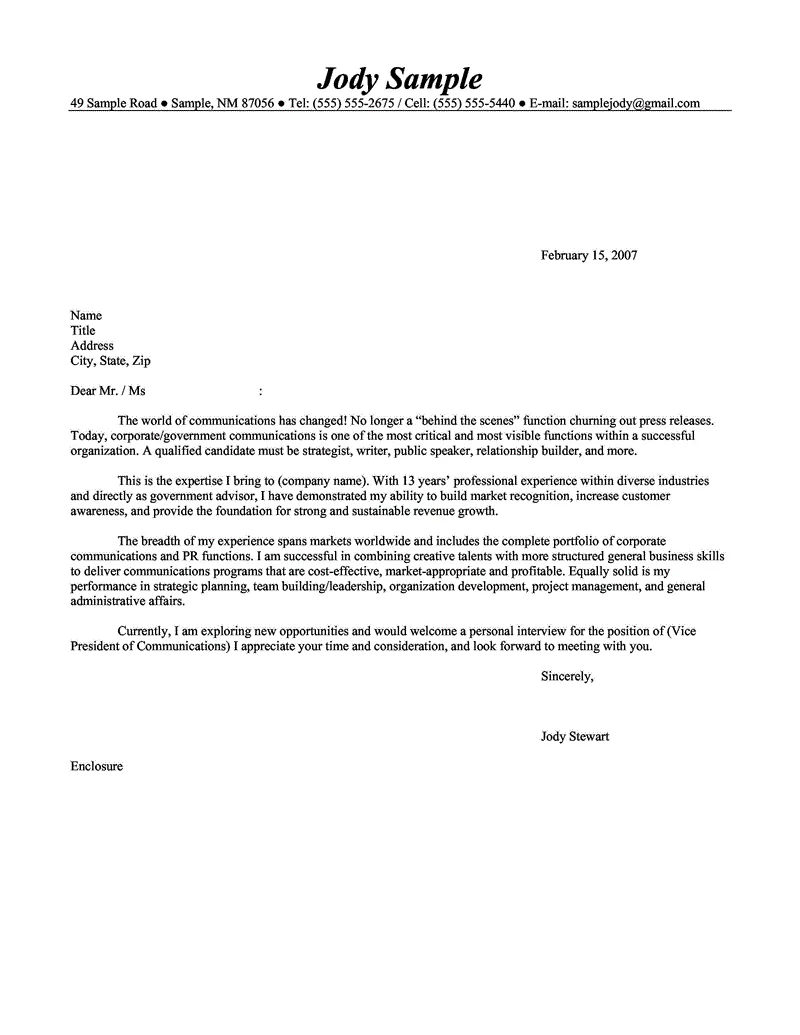
To customize your cover letter, start by carefully reviewing the job description. Identify the key skills, experiences, and qualifications the employer is seeking. Then, structure your letter to highlight how your skills and experiences align with those requirements. Use keywords from the job description in your cover letter to show that you meet the criteria. Research the company to understand their mission, values, and recent projects. This will help you personalize your letter to show that you understand the company culture and how you can contribute. Tailoring is about creating a unique message and making it clear that you understand what the employer wants and you know how to deliver it. Take your time and read the requirements.
Showcase Relevant Skills
When showcasing relevant skills, focus on the abilities and experiences that are most pertinent to the job you are applying for. Don’t just list your skills; provide examples of how you have used those skills in the past to achieve results. Use the STAR method (Situation, Task, Action, Result) to provide concrete examples of your achievements. For instance, if the job description emphasizes project management skills, describe a project where you successfully managed a team, met deadlines, and delivered positive outcomes. Quantify your achievements whenever possible. Instead of saying ‘improved customer satisfaction,’ say ‘increased customer satisfaction by 15%.’ This provides concrete evidence of your capabilities and makes your claims more credible. Remember to always align your skills with the job requirements and the needs of the employer.
Tip 2 Highlight Your Achievements
Instead of just listing your responsibilities, focus on highlighting your achievements. What did you accomplish in your previous roles? What impact did you have on your previous employers? Achievements are much more compelling than simply stating what you did. Quantify your achievements whenever possible. For example, instead of saying ‘Managed social media,’ you could say ‘Increased social media engagement by 30% in six months.’ Use action verbs to describe your accomplishments and focus on the results you delivered. This not only makes your cover letter more interesting, but it also demonstrates your value to potential employers. By highlighting your achievements, you show that you are a results-driven individual and that you can bring value to their organization. This is a must for job seekers.
Quantify Your Accomplishments
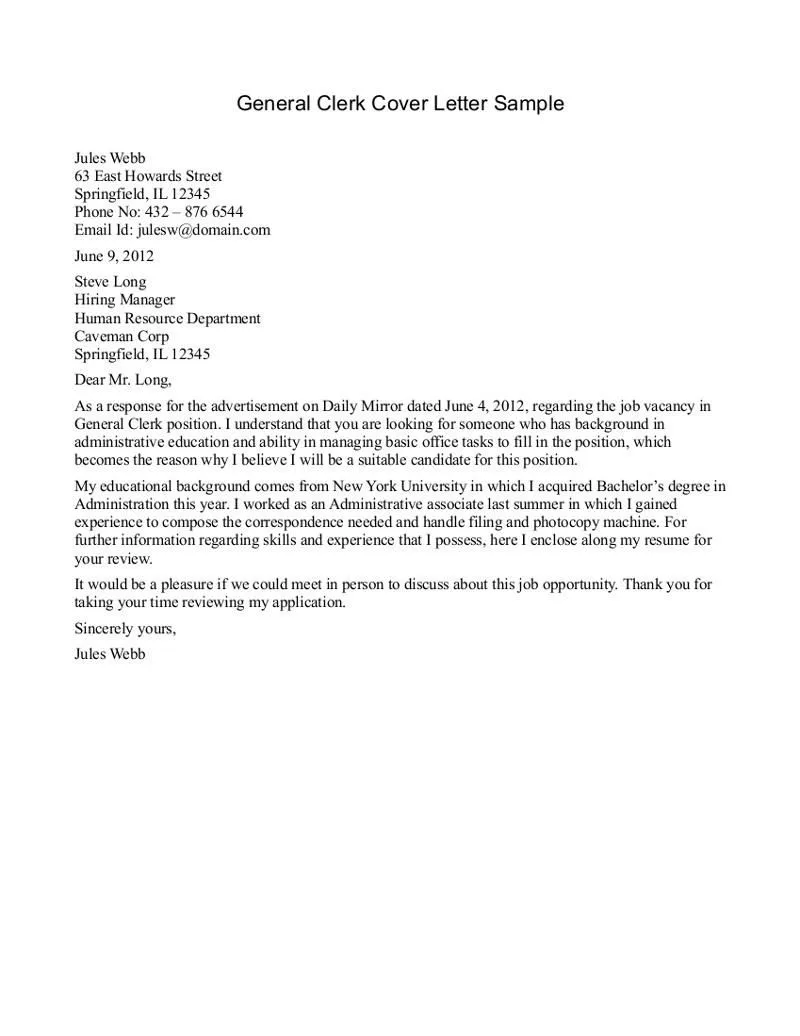
Quantifying your accomplishments is essential for demonstrating the impact of your work. Whenever possible, use numbers, percentages, and specific data to illustrate your achievements. Instead of saying ‘Improved sales,’ say ‘Increased sales by 20% in one quarter.’ If you managed a budget, specify the size of the budget and any savings you achieved. If you led a team, mention the number of team members and any positive outcomes the team achieved. Quantifying your achievements provides concrete evidence of your skills and makes your accomplishments more credible. It also gives the hiring manager a clear understanding of the value you can bring to the company. This approach helps set you apart from other candidates and showcases your ability to deliver results.
Use Action Verbs
Using strong action verbs is crucial for making your cover letter more impactful and engaging. Action verbs bring your experiences to life, making your accomplishments more vivid and memorable. Start each bullet point or sentence describing your achievements with a powerful action verb. Examples include ‘managed,’ ’led,’ ‘developed,’ ‘implemented,’ ‘achieved,’ ‘increased,’ ‘reduced,’ and ‘streamlined.’ Avoid vague verbs such as ‘helped’ or ‘assisted.’ Instead, choose verbs that reflect your active role and the outcomes you achieved. For instance, instead of ‘Helped manage a project,’ use ‘Led a project team to successful completion.’ This approach not only enhances the clarity of your cover letter but also shows the hiring manager that you are a proactive and results-oriented candidate.
Tip 3 Research the Company
Demonstrate that you are genuinely interested in the company by doing your research. This shows you are serious about the opportunity and you understand what the company does, its mission, and its values. Researching the company allows you to tailor your cover letter to their specific needs and show how your skills align with their goals. This preparation can also help you anticipate potential interview questions and allows you to ask informed questions. It shows your initiative and that you’re willing to go the extra mile. Researching companies is a crucial step in writing a cover letter, and it shows that you are interested in the role, and not just looking for any job. This shows you value the organization and shows you want to be involved in the team.
Why Company Research Matters
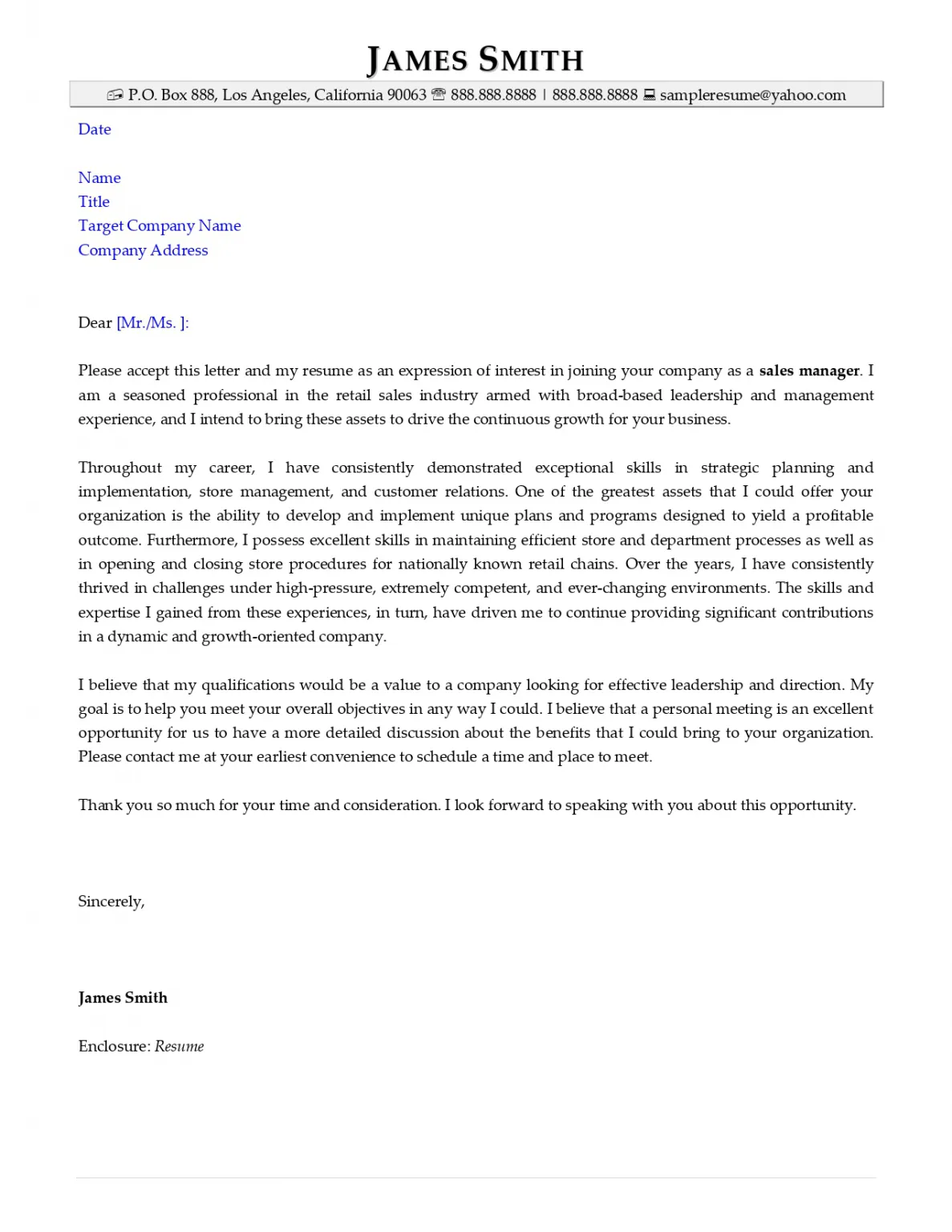
Company research is a crucial step in the job application process. It demonstrates your genuine interest and allows you to customize your cover letter to align with the company’s specific needs. Research helps you understand the company’s mission, values, and recent projects, which you can then reference in your letter to show you’re a good fit. It allows you to tailor your language, highlight relevant skills, and address the company’s specific goals. This shows that you have taken the time to understand what the company is looking for in a candidate. It can also provide you with valuable insights for the interview and help you ask informed questions. By conducting thorough research, you increase your chances of getting noticed and making a positive impression.
Where to Find Information
There are many resources you can use to research a company. Start with the company’s website, where you can learn about their mission, values, and recent news. Explore their ‘About Us’ section and read their blog or news articles to stay informed. Check out their social media profiles, like LinkedIn, to get insights into their culture and employee experiences. Use online databases like Crunchbase or Hoovers for financial information and company overviews. Look for news articles and press releases to understand their current projects and strategic priorities. If possible, talk to people who work at the company, such as current employees or contacts in your network, to get an insider’s perspective. Thorough research provides you with the insights needed to write a compelling cover letter that resonates with the employer.
Tip 4 Focus on the Employer’s Needs
In a cover letter, shift your focus from what you want to what the employer needs. The best cover letters are about demonstrating how you can solve their problems and contribute to their success. Clearly articulate how your skills, experience, and achievements align with the requirements of the job. This is done by analyzing the job description and identifying the key skills and qualifications the employer is seeking. Then, show how you’ve demonstrated these skills in your previous roles and how you can apply them to the position. Make it clear what you bring to the table and how you can meet their specific needs. This approach increases the chances of your application getting noticed and demonstrating your value as a potential employee.
Aligning Your Skills with Requirements
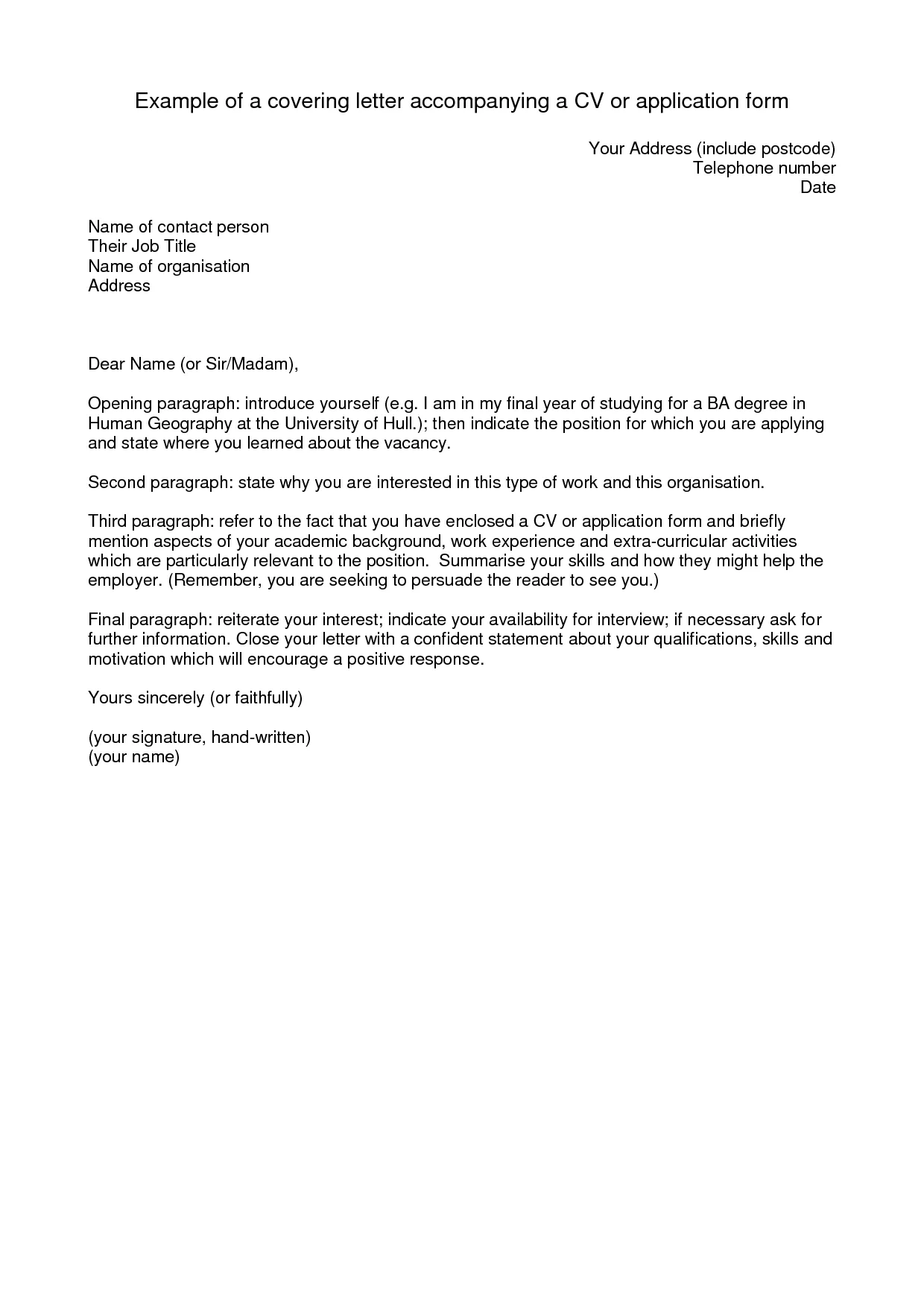
Aligning your skills with the job requirements is essential for making a strong case for your candidacy. Start by carefully reviewing the job description and identifying the key skills and qualifications the employer is seeking. Make a list of these requirements and then compare them with your own skills and experiences. Highlight the skills where you have direct experience, and provide specific examples of how you have demonstrated those skills in your previous roles. Use the same keywords and phrases from the job description in your cover letter to show that you have the skills that are needed. This helps you showcase your value proposition and demonstrates how you can contribute to the company’s success. It’s all about making a direct connection between your abilities and the employer’s needs.
Addressing Pain Points
Address the employer’s pain points by demonstrating how you can solve their problems. Understand the challenges the company faces and how the role you’re applying for can help address them. Research the industry and the company to identify their potential issues. In your cover letter, explain how your skills and experiences can help alleviate these challenges. Provide specific examples of how you have solved similar problems in the past. If they need someone to increase sales, show how you have done it before. If they are struggling with customer satisfaction, explain how you have improved it. By addressing their pain points, you show that you are not just a candidate, but a solution. This focus makes your application more compelling and increases your chances of getting hired. This is an important key for a cover letter.
Tip 5 Proofread Meticulously
A single typo or grammatical error can undermine your credibility and could mean your application is rejected. Proofreading your cover letter is an essential step. Read your cover letter multiple times, and read it out loud to catch any mistakes you might have missed. Check for spelling errors, grammatical errors, and punctuation mistakes. Make sure your sentences are clear and easy to understand. Ask a friend or family member to review your cover letter. Another set of eyes can often spot errors that you might overlook. A perfect cover letter is a reflection of your attention to detail and your professionalism. It’s the small things that can sometimes make the difference between being hired and not.
Common Grammatical Errors to Avoid
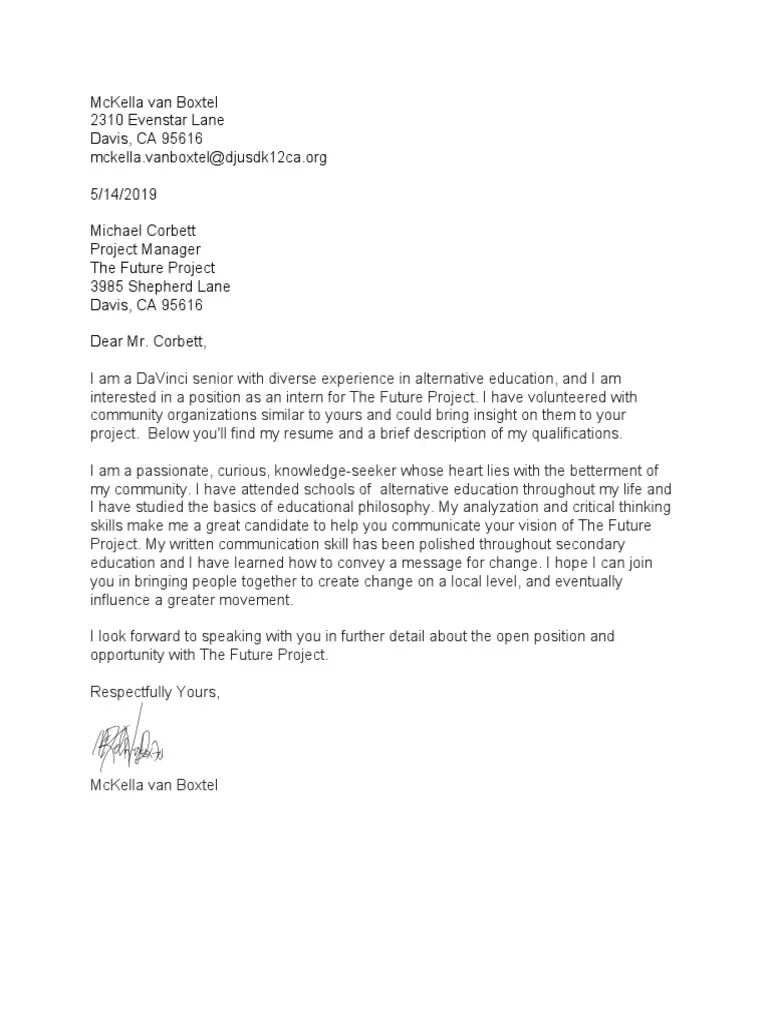
Avoid these common grammatical errors: incorrect verb tense, subject-verb disagreements, and incorrect use of pronouns. Make sure your sentences are complete and avoid run-on sentences. Ensure proper punctuation, especially commas, semicolons, and apostrophes. Watch out for commonly confused words such as ’there,’ ’their,’ and ’they’re,’ or ’to,’ ’too,’ and ’two.’ Double-check the spelling of proper nouns, including company names and the names of people you are addressing. Using online grammar checkers like Grammarly can help, but they are not a substitute for careful proofreading. Always read through your cover letter several times to catch any mistakes that the grammar checker might have missed. These are the small things that add to the value of your cover letter.
Tools for Proofreading
Several tools can help you proofread your cover letter effectively. Start by using the built-in spell check and grammar check features in your word processing software. Grammarly is a popular online tool that checks for spelling, grammar, punctuation, style, and tone. Hemingway Editor is another tool that can help you improve the clarity and readability of your writing. ProWritingAid is a more comprehensive tool that checks for grammar, style, and writing quality. If you’re unsure about specific grammatical rules, consult a style guide like the Chicago Manual of Style or the AP Stylebook. Ask a friend, family member, or career advisor to review your cover letter for any errors you may have missed. They can often catch mistakes that you might overlook. Using a combination of these tools and strategies will significantly improve the quality of your cover letter.
Tip 6 Demonstrate Enthusiasm
Showcase your passion for the role and the company by demonstrating enthusiasm. Your cover letter should reflect genuine excitement and interest in the opportunity. Use positive language and enthusiastic phrases. Express your eagerness to contribute to the team and help the company achieve its goals. Avoid generic statements and instead, be specific about what excites you about the role or the company. This includes referencing specific projects, products, or initiatives that interest you. Make sure your enthusiasm feels authentic and not forced. End your cover letter with a strong closing statement that reiterates your interest and desire to be a part of the company. This is all about demonstrating that you really want the job.
Expressing Your Interest
Expressing your interest in the role is a key element of a successful cover letter. Instead of simply stating you are interested, show why. Mention specific aspects of the job description or the company’s mission that resonate with you. Discuss how your skills and experience align with the role and the company’s values. Express your eagerness to learn and grow within the company. Use strong, positive language to convey your excitement, such as ‘I am particularly excited about…’ or ‘I am eager to contribute to…’ Reference specific projects or initiatives that you admire or that align with your interests. Ensure your tone reflects genuine passion and not generic enthusiasm. A well-expressed interest can make your cover letter more memorable and set you apart from other applicants.
Using Positive Language
Using positive language is crucial for making your cover letter more appealing and persuasive. Focus on what you can do, not on what you can’t. Emphasize your strengths and accomplishments. Use action verbs and phrases that reflect your enthusiasm and confidence. Avoid negative language or phrases. Instead of saying ‘I am not familiar with…,’ say ‘I am eager to learn…’ Use words that convey energy, initiative, and a can-do attitude. For example, instead of ‘I have experience in…’ use ‘I have a proven track record of…’ Replace passive voice with active voice to make your writing more direct and engaging. A positive tone reflects your attitude and can leave a lasting positive impression on the reader. By using positive language, you make your cover letter more engaging, and demonstrate your enthusiasm and confidence.
Tip 7 Proper Formatting is Key
The appearance of your cover letter is just as important as its content. Proper formatting makes your cover letter look professional and easy to read. Use a clean, easy-to-read font like Times New Roman, Arial, or Calibri, and keep the font size between 10 and 12 points. Use consistent margins, usually one inch on all sides. Make sure your paragraphs are well-spaced and organized. Use bullet points to highlight key skills or achievements. Avoid using excessive colors or formatting that might distract the reader. Keep your cover letter to one page. Proper formatting demonstrates your attention to detail and your respect for the reader’s time. It ensures your cover letter is polished and easy to read, making a positive impression from the start.
Choosing the Right Font and Size
Choosing the right font and size is important for ensuring your cover letter is readable and professional. Use a clear, easy-to-read font like Times New Roman, Arial, Calibri, or Helvetica. Avoid using decorative or unusual fonts that can be difficult to read. Keep the font size between 10 and 12 points. This size is large enough to read comfortably but not so large that it looks unprofessional. Make sure your font choice is consistent throughout the entire cover letter. Use bolding, italics, and underlining sparingly, and only to emphasize important information. The goal is to create a document that is both visually appealing and easy to navigate. By choosing the right font and size, you ensure your cover letter looks professional and shows you care about presentation.
Structuring Your Letter Effectively
Structuring your cover letter effectively is essential for making a good impression. Start with a professional heading that includes your contact information and the date. Address the hiring manager by name, if possible. The body of your cover letter should consist of three to four well-organized paragraphs. The first paragraph should introduce yourself, state the position you’re applying for, and express your interest. The second and third paragraphs should highlight your relevant skills, experiences, and accomplishments. The final paragraph should reiterate your interest, thank the hiring manager for their time, and include a call to action. Use clear and concise language throughout your letter. Use bullet points to highlight key skills or achievements. Keep your cover letter to one page. Ensure your letter flows logically and is easy to read. Proper structure helps your cover letter make a positive impact.
